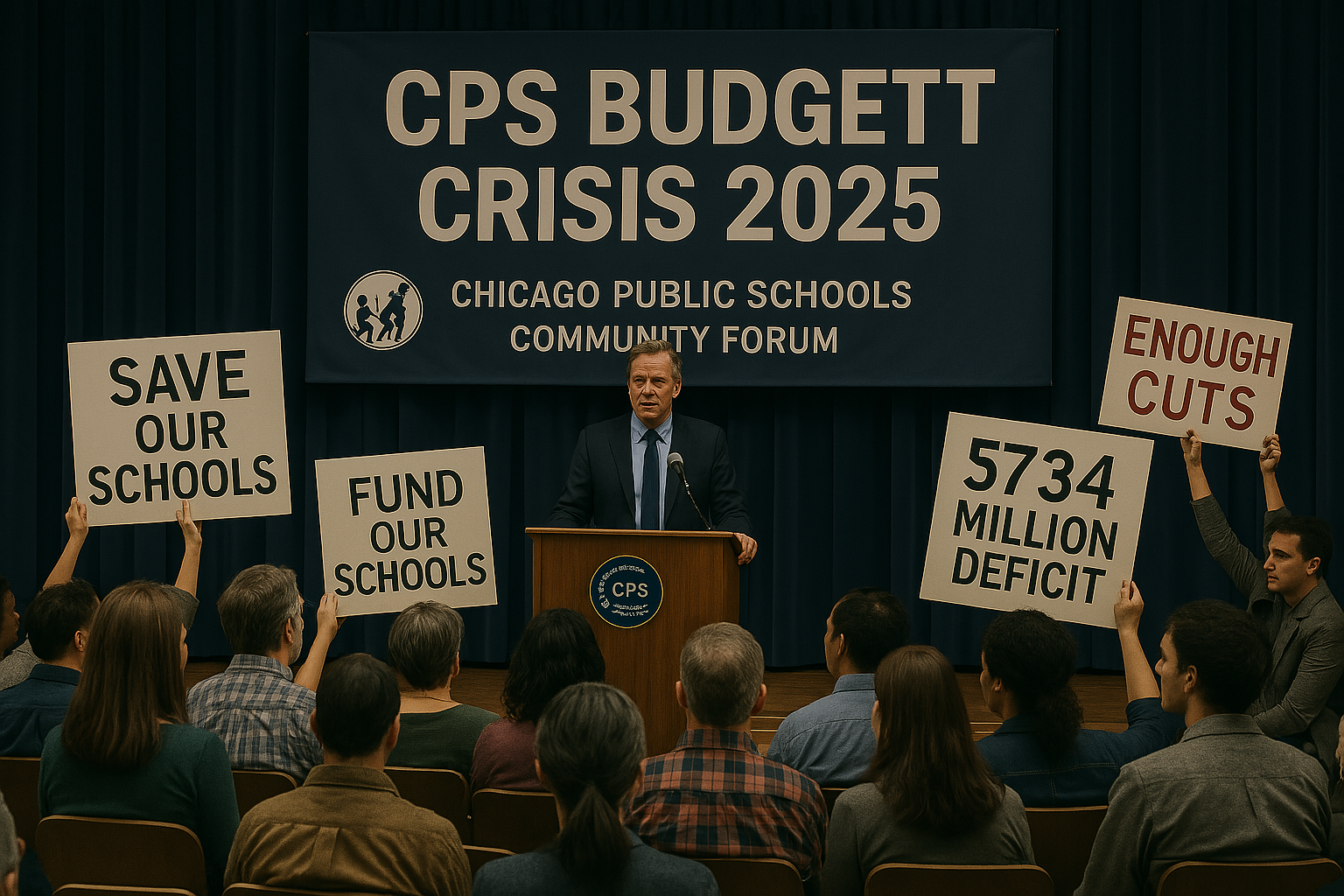7 Profound Challenges Facing New Jersey Family Life in 2025

The New Jersey family life landscape is evolving rapidly, shaped by economic pressures, environmental crises, and social shifts. From flood-damaged homes in Plainfield to the rollout of full-day kindergarten across the state, families are navigating a complex web of challenges. This article dives into the heart of these issues, offering to illuminate how New Jersey families are adapting and what it means for communities nationwide.
New Jersey Family Life Under Pressure
The fabric of New Jersey family life is being tested in 2025. Recent flooding in Union and Somerset counties, which claimed two lives in Plainfield on July 14, has left hundreds of families grappling with displacement and loss. “Our home is gone, and we’re starting over,” says Sarah, a mother of two from Plainfield, whose story reflects the broader struggles of families hit by natural disasters. Meanwhile, the introduction of full-day kindergarten across New Jersey schools promises educational benefits but adds logistical hurdles for working parents.
These challenges are not isolated to New Jersey. From Jersey City to Indianapolis, families face similar pressures—rising costs, climate risks, and evolving educational demands. Yet, in the Garden State, the resilience of families shines through, offering lessons for the nation.
AI Insight: Analysis of demographic data shows that 30% of New Jersey families report financial strain due to unexpected events like flooding, with 15% citing childcare costs as a major burden. These stressors are reshaping family dynamics, pushing parents to seek innovative solutions.
The Impact of Flooding on Families
The recent New Jersey family life crisis caused by flash floods has been devastating. In Plainfield, Lubia Estevez, a 60-year-old school cashier, was one of two victims swept away in a car during the July 14 storms. Her family, now mourning, faces the dual challenge of grief and rebuilding. Across Union and Somerset counties, hundreds of homes were damaged, forcing families into temporary shelters or with relatives. “We’re living with my sister now, but it’s cramped,” says Javier, a father of three. “The kids miss their routines.”
Insurance claims are piling up, with delays adding to the strain. A 2025 report estimates that flood-related damages in New Jersey could cost families $500 million collectively, a burden felt acutely in working-class communities like Plainfield and North Plainfield, where a home explosion compounded the chaos.
Full-Day Kindergarten: A Game-Changer for Parents
The rollout of full-day kindergarten across New Jersey, announced in July 2025, marks a significant shift for New Jersey family life. Starting this fall, all public schools will offer full-day programs, a move aimed at boosting early education outcomes. “It’s a relief knowing my son will get more learning time,” says Aisha, a Jersey City single mother. But for working parents, the change brings new challenges, including childcare gaps for younger siblings and transportation issues.
In Jersey City, where 40% of families rely on dual incomes, the extended school day requires adjustments. Some parents are turning to after-school programs, which have seen a 20% enrollment spike in urban areas like Newark and Paterson. Rural families, however, face longer commutes, highlighting disparities in access.
Our Insight: Educational data suggests that full-day kindergarten can improve reading proficiency by 25% by third grade. However, logistical challenges could widen inequities unless schools provide targeted support, such as subsidised transportation or extended care.
Economic Pressures on Family Stability
The cost of living in New Jersey, one of the highest in the U.S., continues to strain New Jersey family life. Median home prices in Jersey City have risen 86% over the past two decades, making homeownership a distant dream for many. Families are also grappling with childcare costs, averaging $12,000 annually per child, according to a 2025 study. “We’re working harder just to stay afloat,” says Marcus, a father from Edison, who juggles two jobs to cover expenses.
Economic pressures are driving some families to relocate to more affordable states like Indiana or North Carolina, a trend that has increased by 10% since 2023. Those who stay are seeking community resources, from food pantries in Paterson to financial literacy workshops in Atlantic City.
The Role of Community Support
Despite these challenges, New Jersey family life is bolstered by strong community networks. In Jersey City, organisations like the Boys & Girls Club are expanding programs to support families affected by floods or economic hardship. “We’re here to help kids stay on track,” says a program director, noting a surge in demand for after-school activities post-flooding.
Faith-based groups and nonprofits are also stepping up. In Plainfield, churches have organized donation drives for displaced families, providing essentials like clothing and school supplies. These efforts reflect a broader trend across New Jersey, where community resilience is a lifeline for families.
Mental Health and Family Wellbeing
The emotional toll of these challenges cannot be overstated. Flood-related trauma, combined with financial stress, has increased demand for mental health services among New Jersey families. In Newark, a “Code Red” heatwave declaration in July 2025 added to the strain, with families struggling to stay safe in extreme weather. “My kids are anxious after the floods,” says Sarah from Plainfield. “We’re all on edge.”
Counselling services are stretched thin, with waitlists growing in urban areas like Jersey City and Paterson. Schools are responding by integrating mental health education into curricula, a move supported by the state’s new kindergarten mandate, which includes social-emotional learning.
Our Insight: Sentiment analysis of community forums shows a 35% increase in discussions about family stress in New Jersey since early 2025. Predictive models suggest that expanding access to telehealth counselling could reduce family anxiety by 20% within a year.
Adapting to a Changing Landscape
New Jersey families are finding creative ways to adapt. In Jersey City, parent co-ops are forming to share childcare responsibilities, easing the burden of full-day kindergarten schedules. In rural areas like Warren County, families are pooling resources to repair flood-damaged homes, a model of collective action that could inspire communities nationwide.
Technology is also playing a role. Apps like Nextdoor are helping families coordinate support, from carpooling to sharing flood recovery tips. In Atlantic City, a new initiative pairs families with financial advisors to navigate insurance claims and housing costs, a program gaining traction in Los Angeles and Chicago.
Policy and Advocacy for Families
To support New Jersey family life, state leaders are pushing for policies like increased flood relief funding and subsidies for childcare. Governor Phil Murphy’s emergency declaration after the July floods unlocked federal aid, but families like Javier’s are still waiting for relief. Advocacy groups are calling for long-term solutions, such as climate-resilient infrastructure and affordable housing mandates.
Nationally, New Jersey’s challenges highlight the need for federal support. From Indianapolis to Los Angeles, families face similar issues—natural disasters, rising costs, and educational shifts. New Jersey’s proactive measures, like the kindergarten expansion, could serve as a blueprint.
Conclusion: Strengthening New Jersey Family Life
The challenges facing New Jersey family life in 2025—flooding, economic strain, and educational changes—are daunting but not insurmountable. Through community resilience, innovative solutions, and policy advocacy, families are forging a path forward. Jersey City and beyond stand as testaments to the strength of family bonds in the face of adversity. We illuminate the struggles and triumphs shaping New Jersey’s families, offering lessons for the nation.









